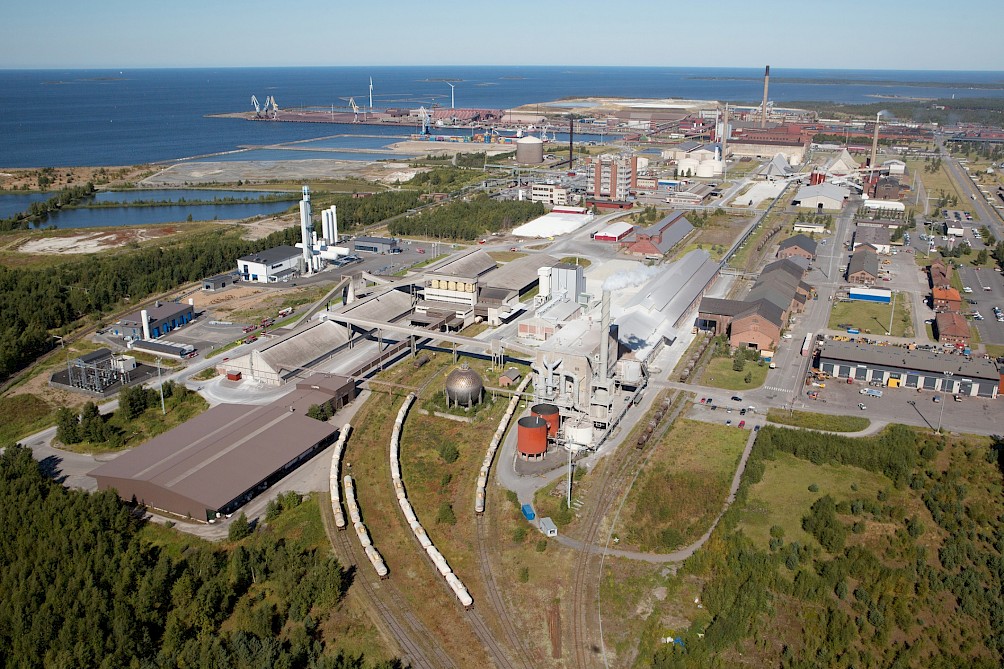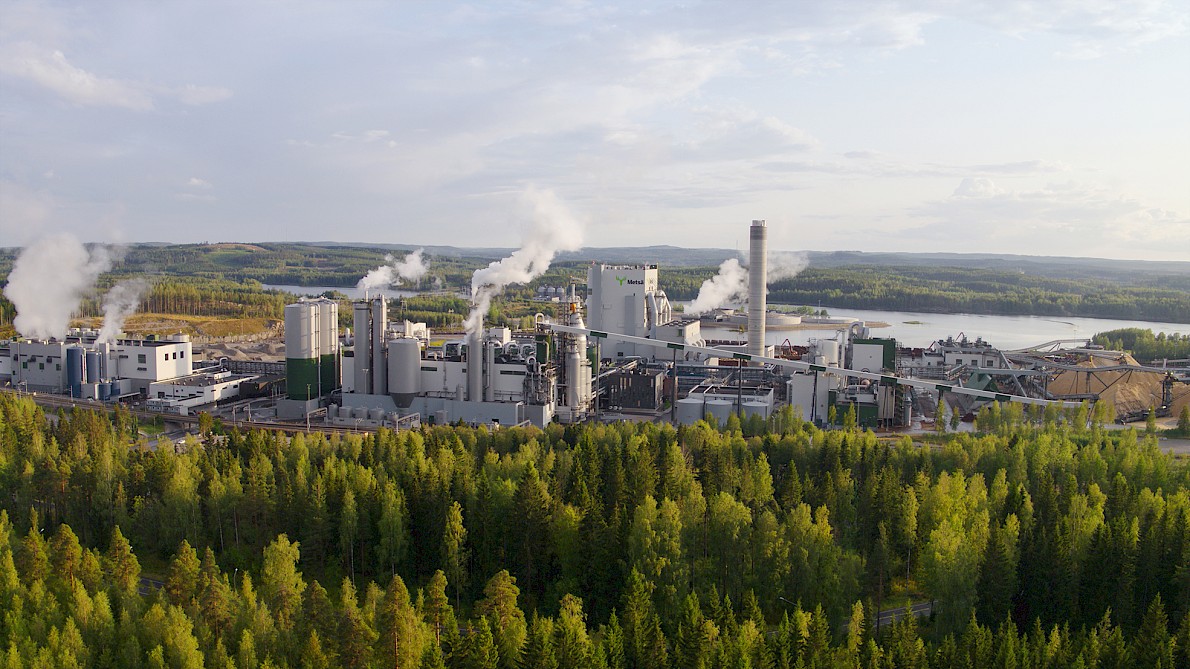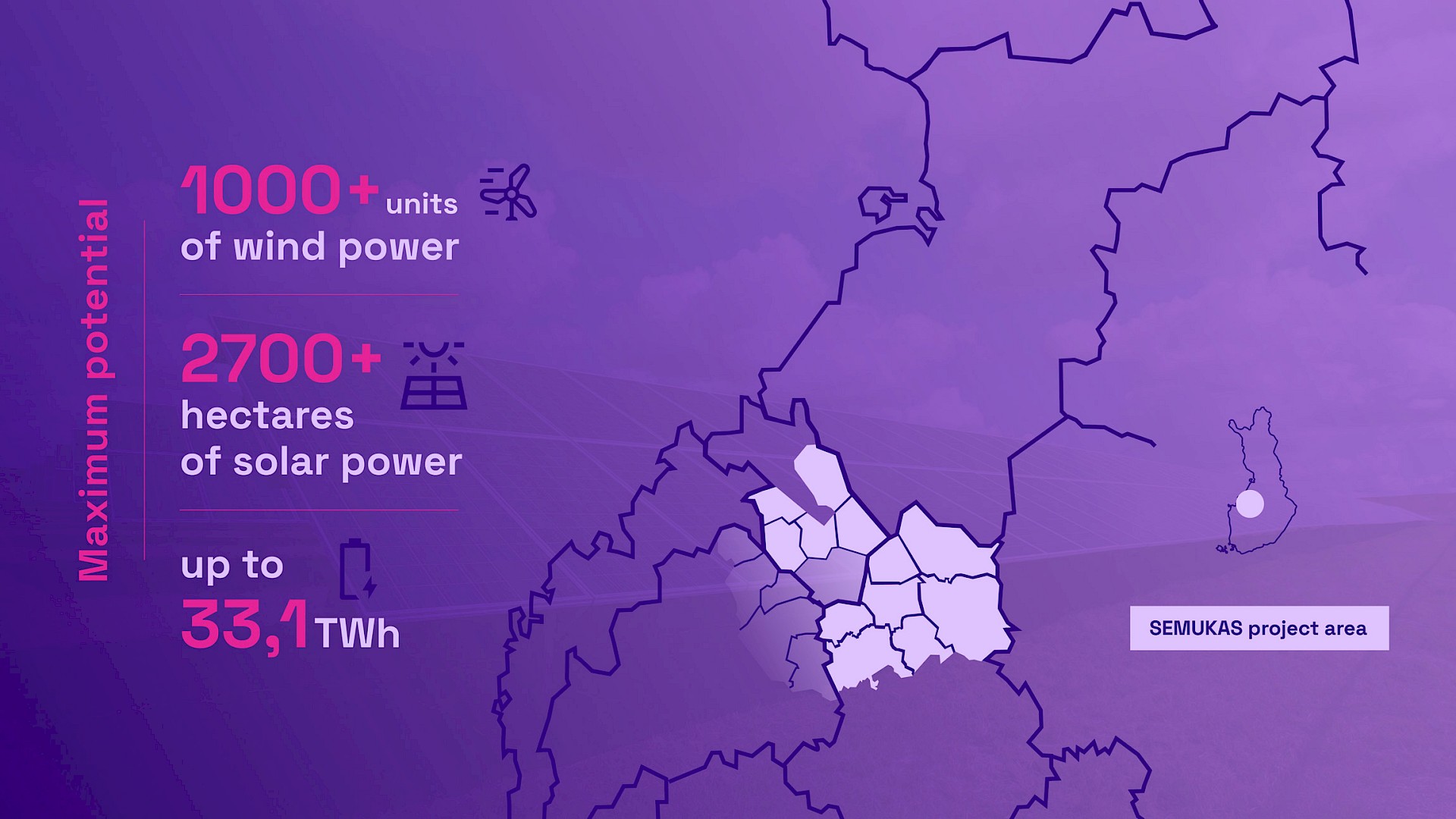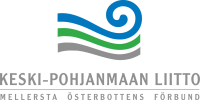
Kokkola Industrial Park is Northern Europe's largest chemical and metal processing ecosystem, home to a number of top international companies. Photo by KIP
In 2040, the Finnish Energy Industry estimates that Finland's economy will be driven by industry and services based on clean electricity, hydrogen and captured carbon dioxide, with the share of electricity as an energy source almost tripling by 2023.
Renewable electricity will play an important role in the future energy system, and this is what makes the area between Kokkola and Äänekoski particularly interesting and topical. After all, the region largely fulfils the conditions for an already functioning hydrogen ecosystem. In the context of the hydrogen economy, hydrogen is increasingly being used as one of the raw materials to be processed from an industrial point of view. Therefore, the next wave of investments in the energy transition will require a broader set of investments to be realised. Individual cities or even provinces alone may not have all the resources needed to make it happen. This is why a functioning hydrogen ecosystem needs cooperation across traditional municipal and provincial boundaries. The raw materials needed for a functioning hydrogen economy include water, renewable electricity, biogenic carbon dioxide - not forgetting biogas from primary production. A functioning ecosystem needs functioning logistics, right down to the international port. In addition, the ability of local main and subcontractor networks to deliver billion-dollar projects on time is crucial for future megaprojects. All these resources can be found in the region between Kokkola and Äänekoski.
Renewable electricity generation potential of up to 33 terawatt hours
The renewable energy production potential of the hydrogen ecosystem, located mainly in Central Ostrobothnia and Sydänsuomi, is enormous. The region is rich in disused peat production areas, which has made it possible to locate solar energy projects in the region, almost like a gold rush. Energy operators have initiated nearly 3 000 hectares of solar projects in the last year or so. The same is true of the large fur farms operating in the region, many of which are planning renewable energy production. The ecosystem also includes the Järvi-Pohjanmaa area at the southern end of the Jylkkä-Alajärvi power line.
Among renewable energy production, wind power has been a long-standing and active form of renewable energy production in and around the coastal region. Finland's largest onshore wind farm is currently under construction in Lestijärvi, and new wind power is also being built elsewhere in the region. Onshore wind has the advantage of geostrategic security, i.e. the infrastructure is safe on the mainland and cannot be subject to potentially hostile hybrid interference from the sea. In addition, site maintainability and ecosystem scaling is much more efficient in our region, where there is a wealth of disused, ready-made infrastructure suitable for renewable industries.
It has been estimated that the maximum electricity generation capacity of the 18-municipality hydrogen ecosystem would be up to 33.1 terawatt-hours. Indeed, some historians see hydrogen as a source of wealth for the European Union's climate objectives in the same way that tar has been for Kokkola and the surrounding counties since the 17th century. The synergy between the city of Kokkola and the province is obvious. The question is, will this usher in a new golden age and renaissance for the west coast, as in the days when tar was widely imported from inland and shipped from Kokkola all the way to England?
Environmental friendliness, smooth zoning and interconnection capacity to encourage investment
In a sparsely populated region, the planning process has been generally smooth, which contributes to the practical implementation of renewable energy projects within the planned timeframe. One example is the dense Liedes and Pajuoja area of around 25 km2 on the border between Halsua, Kaustinen and Veteli, which offers excellent conditions for electricity processing. The capacity left over from peat and peat production is currently available for renewable energy, which is a considerable advantage, as the completed infrastructure does not create a natural barrier in terms of the Forest Restoration Regulation, thus promoting social acceptance of the activity.
A separate chapter in the hydrogen ecosystem is electricity transmission. There is plenty of interconnection capacity, and even more in the future after the completion in 2027 of Fingrid's new Lakeus line between Jylkkä and Lake Alajärvi. Indeed, a typical problem of the European hydrogen economy is the lack of sufficient interconnection capacity. The available infrastructure and strategic resources in our floodplain are unique in Europe.
A multi-faceted strategy
For companies and municipalities in the area between the Port of Kokkola and Äänekoski, the hydrogen economy offers an excellent opportunity to modernise their activities. The hydrogen economy is not only about hydrogen, but also about renewable electricity, biogas, biogenic carbon dioxide, biochar, their downstream products and the efficient use of by-products such as heat. For example, companies operating along Highway 13 between Kokkola and Äänekoski have been very interested in the possibility of joining the gas networks of the future. A flexible multi-gas strategy allows for the construction of gas pipelines to meet the needs of existing industries and those considering locating in the area. This is a key element in building a functioning hydrogen ecosystem where demand and production need to be in balance from the outset. The high level of demand is also underlined by Jukka Hillukkala, Mayor of Toholamm, who chairs the Kaustinen sub-regional council.

Metsä Fibre's bioproduct mill in Äänekoski produces softwood and birch pulp as the main raw material for cardboard, tissue and printing paper and special products. Photo.
Renewable energy investments are also being boosted by a turnaround in interest rates, and the government led by Prime Minister Petteri Orpo (Coalition Party) wants to attract large sustainable investments to Finland. The government is currently preparing tax subsidies for large-scale energy projects of €50-150 million and direct support for strategically important investment projects.
Interested in the energy potential of our region? Send us a message via this link and we will contact you.
This article is part of a series of articles published by the Semukas project on the renewable energy production potential in Central Ostrobothnia and Sydänsuomi. The Semukas project aims to develop transnational cooperation, promote growth-oriented and new employment-generating business and strengthen business and market know-how related to the carbon-neutral economy. The project is funded by the member municipalities of Kaustinen and Sydänsuomessa regions, Witas, Kokkola University Centre Chydenius and the Federation of Central Ostrobothnia.







